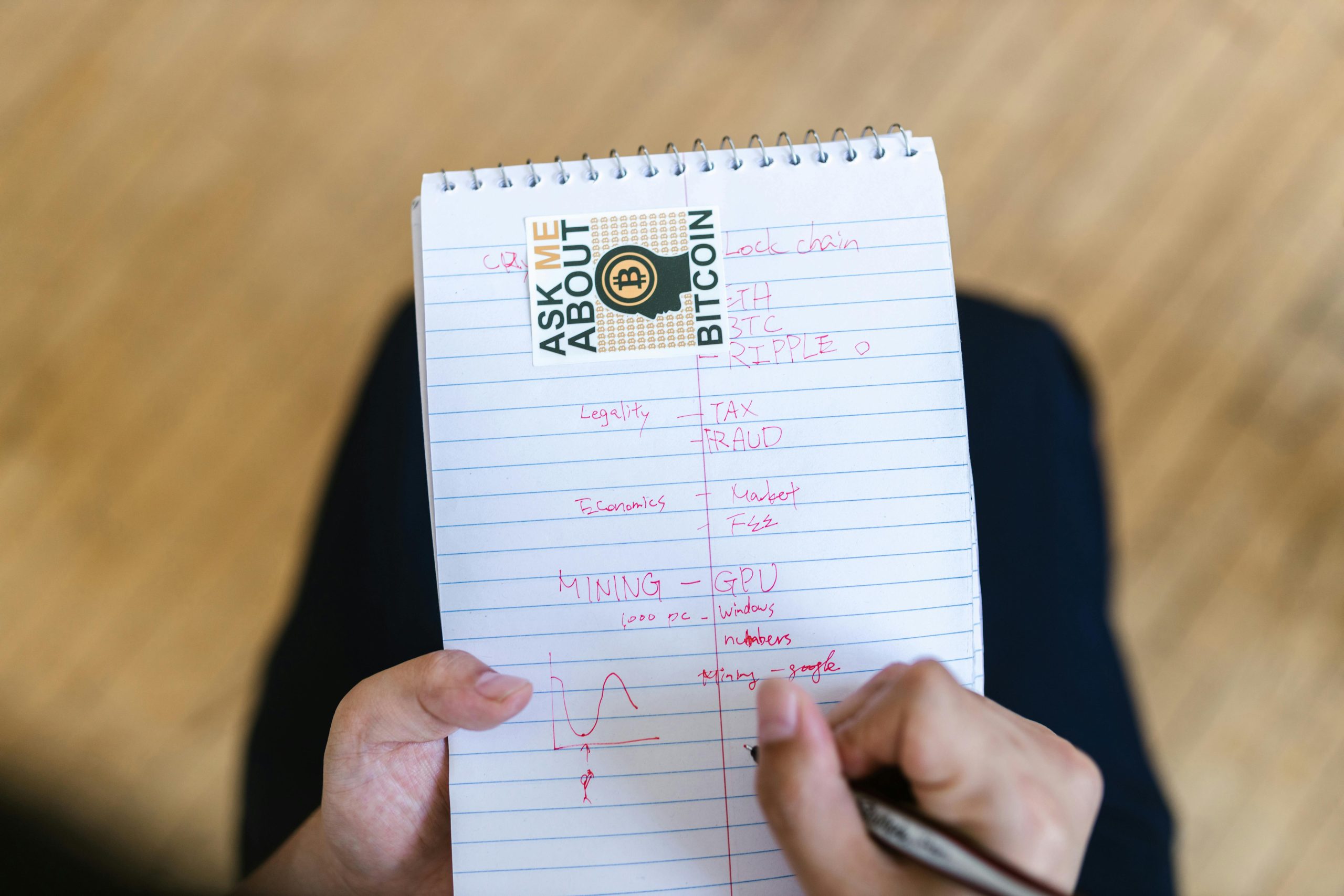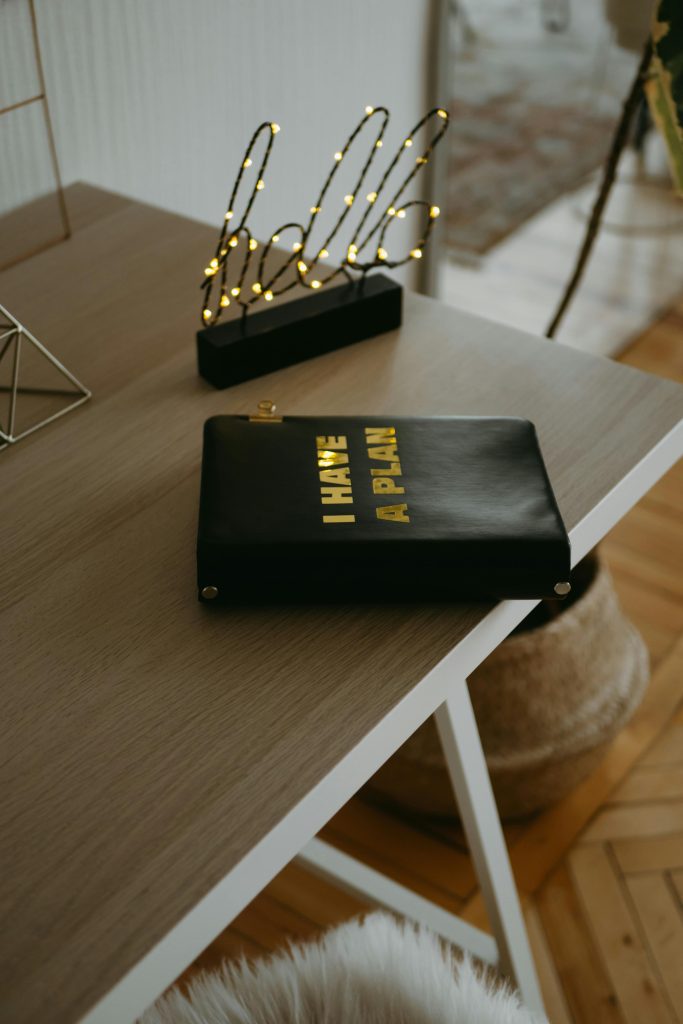Troubleshooting a New Build: My Computer Keeps Shutting Off
Recently, I decided to invest in a custom-built computer, hiring my brother for the task at a cost of $800. However, I’ve encountered an issue that has left me puzzled—my new machine unexpectedly shuts down shortly after being powered on.
Upon starting the computer, the screen displays some initial information, but it doesn’t last long. I’ve tried holding down the CTRL + P keys, hoping to enter the BIOS or access the settings, but instead, the screen turns black, and the system shuts off again.
So, what could be causing this frustrating issue? I’ve begun to investigate potential culprits. Here are some steps I’m considering to diagnose the problem:
-
Power Supply Check: It’s essential to ensure that the power supply unit (PSU) is functioning correctly and providing adequate power to all components.
-
Connections: I need to verify that all cables—especially those connecting the motherboard, CPU, and GPU—are securely attached.
-
Overheating: If components are overheating, the system may automatically shut down to prevent damage. Ensuring proper cooling and fans could be key.
-
RAM Issues: Sometimes, improperly seated or faulty RAM can lead to unexpected shutdowns. Reseating the RAM sticks or testing them one at a time could help.
-
Motherboard and CPU: Lastly, it’s vital to make sure that the motherboard and CPU are in good condition and compatible with each other.
If you’ve experienced similar issues or have suggestions, I would love to hear your thoughts. Getting this computer up and running is important to me, and any insights you have could be incredibly helpful!
Share this content:




Response: Troubleshooting Your New Build
Hi there!
I completely understand your frustration with your new custom-built computer shutting down unexpectedly. It’s a common issue that a lot of new builds face, and I’ll do my best to help guide you through this.
You’ve already identified some critical troubleshooting steps, which is a great start! Here are my thoughts and a few additional suggestions:
Power Supply Check: After ensuring that your power supply unit (PSU) is the correct wattage for your build, you might want to test it with a PSU tester or try a different PSU if possible. Sometimes, a PSU that appears to work can still be faulty or insufficient for high-demand components.
Connections: Double-check every single connection, focusing on both the motherboard power connectors (24-pin and 4/8-pin CPU power). Make sure they’re fully seated and that any other peripheral components like GPUs also have power connections properly secured.
Overheating: Ensure that the CPU cooler is properly installed and that thermal paste is applied correctly. Additionally, check that case fans are functioning and airflow is not obstructed, as inadequate cooling can indeed cause rapid shutdowns.
RAM Issues: You can